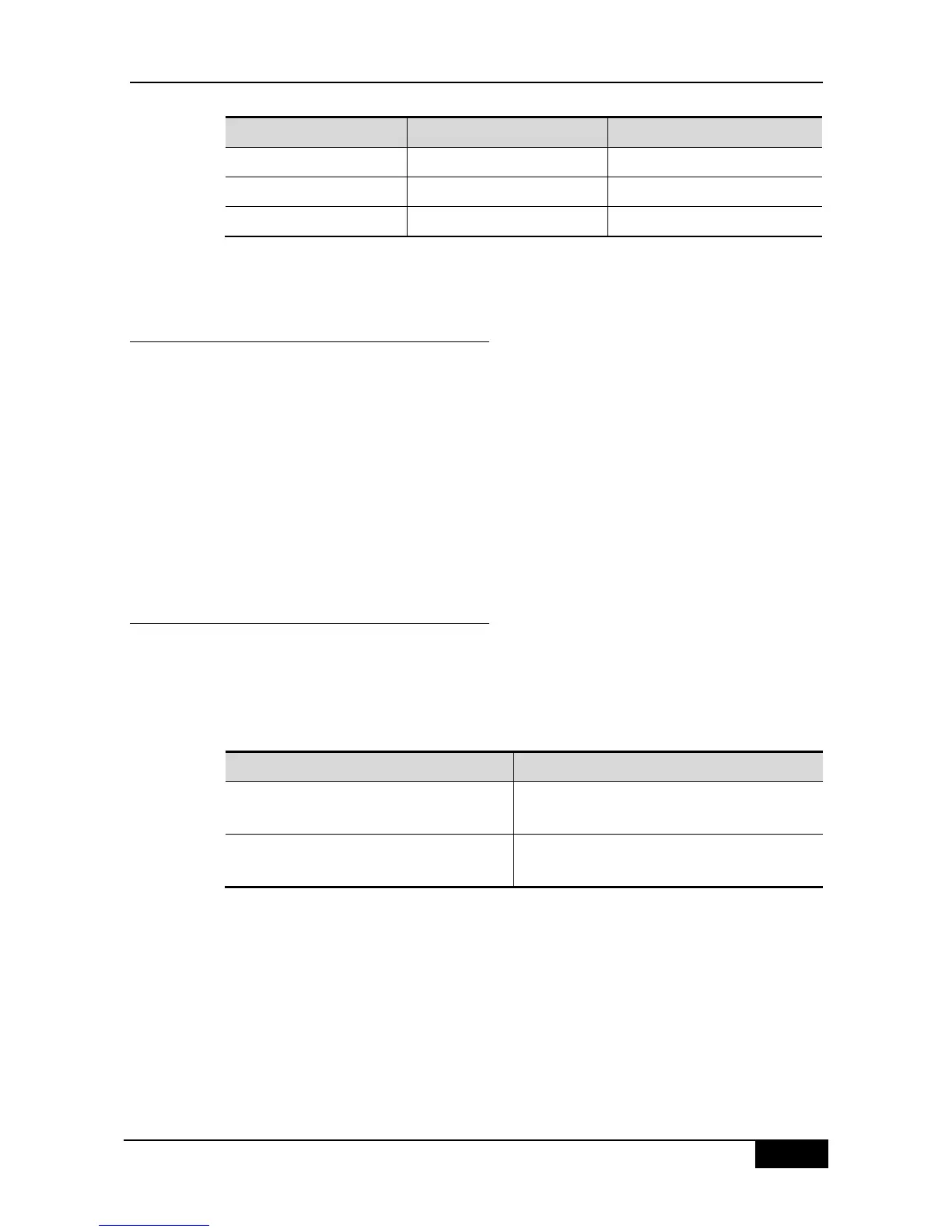DGS-3610 Series Configuration Guide Chapter 19 IP Address and Service Configuration
172.16.0.0~172.31.255.255
192.168.0.0~192.168.255.255
For the description of IP address, TCP/UDP port and other network number, please refer to
document RFC 1166.
19.1.2 IP Address Configuration Task List
IP addressing configuration task list includes the following tasks, but only the first one is
required. For others, they are optional to be executed according to the actual network
requirement.
Configuration of IP Addresses to the Interfaces (Required)
Configuration of Address Resolution Protocol (ARP) (Optional)
Configuration of IP address mapping to WAN Address (Optional)
Disabling IP Routing (Optional)
Configuration of Broadcast Packets Processing (Optional)
19.1.2.1 Configuration of IP Addresses to the
Interfaces
Only if configured an IP address, the device is able to receive and send IP datagram. If an
interface is configured IP address, it means that IP protocol is running on this interface.
To assign an IP address to a network interface, use the following command in interface
configuration mode:
DGS-3610(config-if)# ip address ip-address
mask
Set an IP address for an interface.
DGS-3610(config-if)# no ip address
Cancel the IP address configuration of an
interface.
A mask is a 32-bit number, which helps you know which portion of the address identifies the
network. For network masks, any address bits which have corresponding mask bits set to 1
represent the network ID, any address bits that have corresponding mask bits set to 0
represent the host ID. For example, the masks of Category A network is ―255.0.0.0‖. You can
perform the subnet partition to a network by using network masks. The subnet partition is to
take some of the bits from the host address as the part of subnetwork, it can reduce hosts
capacity of the host and increase the number of networks. For this reason, the network
masks are called subnet masks.

